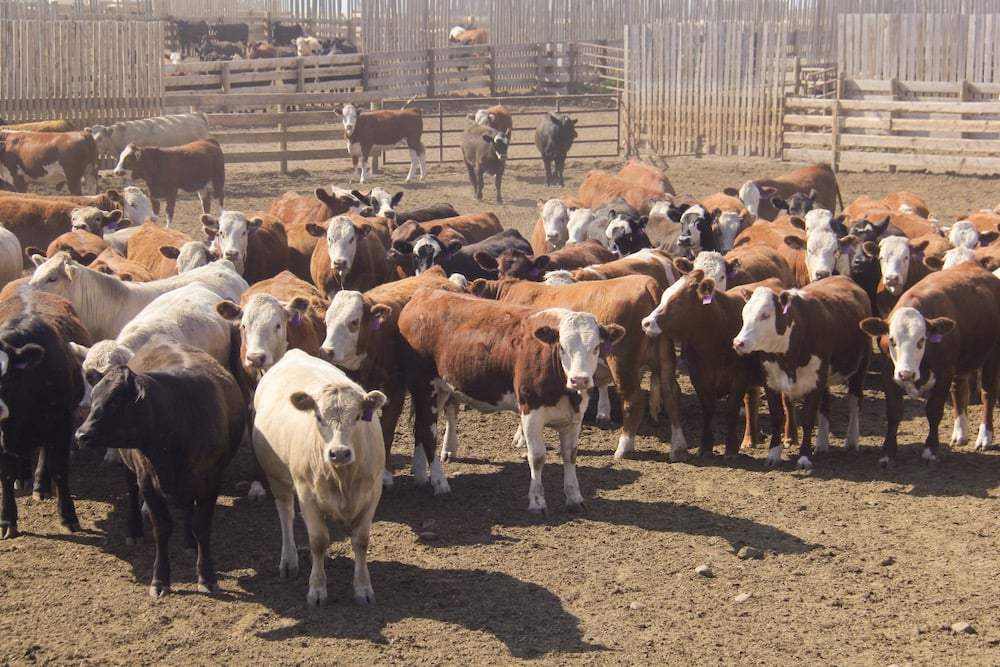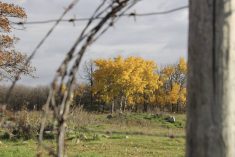Buenos Aires | Reuters — Argentina’s Rosario Grains exchange sharply cut its forecast for the 2022-23 soybean harvest to 37 million tonnes from a previous forecast of 49 million, it said on Wednesday, as the country faces its worst drought in 60 years.
The exchange also slashed its 2022-23 corn harvest estimate to around 45 million tonnes, down from 55 million previously.
Argentina is the world’s leading exporter of soybean processed oil and meal, and the world’s No. 3 corn exporter, but a drought that began damaging core agricultural regions in May is threatening output and delaying planting.
Read Also

U.S. livestock: Feeder cattle rise to new highs on tight supply, strong cash prices
Chicago | Reuters – Chicago Mercantile Exchange feeder cattle futures rallied on Thursday to a record high on strong cash…
The 37 million tons estimated for soybeans would be the third worst soybean harvest in Argentina in the last 15 years, and the situation is likely to worsen, the exchange said.
In its monthly report, the exchange warned that losses in planting areas, especially late-planted soybeans, could skyrocket and become “massive” without “imminent help” from significant and widespread rainfall.
Argentine farmers recently ended their soybean planting period, sowing only 16 million hectares, the exchange said, 1.1 million less than forecast.
Regarding 2022-23 corn planting, the exchange said it also had to cut its estimate to a planting area of 7.3 million hectares, down from the 7.9 million it projected in December.
It attributed the slashed harvest forecast to “serious problems in sowing, stunted growth in late batches and enormous production losses in early-planted corn.”
The exchange estimated that the 2022-23 wheat cycle, whose harvest has already ended, should come in at 11.5 million tonnes, half of the 23 million tonnes produced last cycle.
The exchange said that its models suggested that rainfall over Argentina’s agricultural region remained unlikely until Jan. 18 at least.
Rainfall registered at the start of this year, it added, has not surpassed five millimetres over three-quarters of the core agricultural region — the area worst hit by the drought.
“In the long term, for February and March, the prediction that integrates 12 of the most consulted models in the world shows below-normal rainfall in Argentina,” the exchange said.
“Unfortunately, the worst behaviour would be in the centre-south of the Pampas region.”
Earlier on Wednesday, the Buenos Aires grains exchange said it could slash its corn and soybean crop forecasts by up to 25 per cent if the drought continues.
— Reporting for Reuters by Maximilian Heath; writing by Carolina Pulice.
















